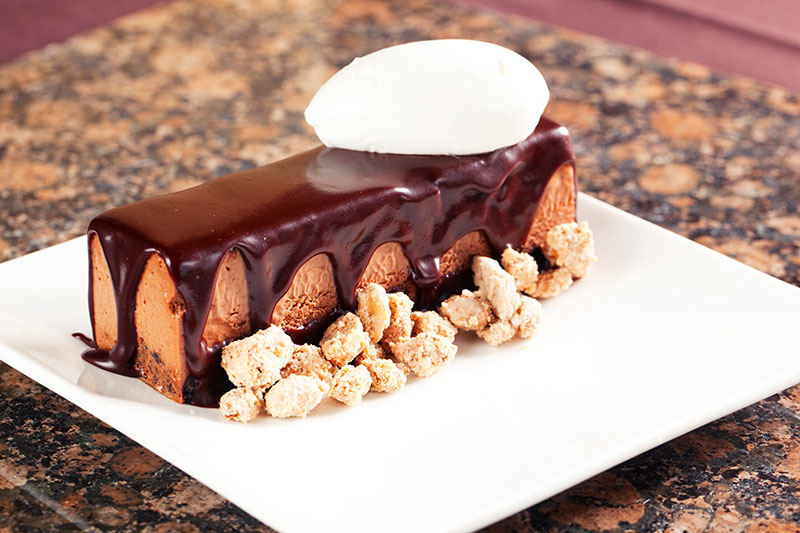Table of Content
To help sell the effect LaVelle said you must condition the suit. To do this you need to get the ghillie soaking wet and crawl. LaVelle said back in the day they used to low crawl through muddy tank tracks filled with water to condition the ghillie.

Cover his tail and face, and the only way you can tell something is there is because of the outline. The deer blended well with the other 8 visual elements of perception but not color, hence the white tail and black eyes. To prep the 550 cord, ill break this down into a few steps. First, cut about 100 pieces of 550 cord in anywhere from 12”-24” sections. When you have that massive pile of 550 cord strands, remove the 7 white strings inside, known as the “550 guts”. Fun fact about 550 cord that some people do not know; the 7 strands of white string in the guts are all rated at 50lb test.
Step Three: Glue and Sew the Canvas Onto the Clothing
Since the primary role of ghillie suits is to make you anonymous in your surroundings, selecting the right pattern is essential. You can add green textures to resemble leaves and other surrounding foliage for additional blending. One thing that is certain with traditional ghillie suits is that they are covered by strands of burlap.

The perfect base is your old jacket or camouflage BDUs. Cut the fishing net into two-square wide strips and sew them at the front of your jacket and down to the sleeves. Then, using the glue, seal the stitches in your jacket. The importance of integrating items from surrounding to keep the best profile is one of the most things when making a ghillie suit. You simply need to do this each time you intend to wear a ghillie suit.
Utilizing Your Ghillie Suit – 9 Elements of Visual Perception
We shall answer them precisely and we’re also looking forward to come up with another analytical guide. Until then, enjoy hunting with a homemade ghillie suit. Ghillie suits have earned massive popularity after the Player Unknown’s Battlegrounds wreaked havoc in the gaming industry. You will notice that the longer strands will go on the sleeves and the front of the suit.
The easiest way of doing this part is to grab a partner and work together. You should only need a partner for about 5 minutes, so you aren’t asking them of much. Have your partner drape the netting over your shoulders, and hot glue little cross-sections onto the blouse. Be aware of lighting and gleaming objects around that may give away your position. Test the suit by giving a friend a pair of binoculars and seeing if he can spot you in a forested area. Do this on both sides of your burlap, making a crisscross pattern all around it.
Step 6
Cut off the mesh around the suit with a razor blade, be careful not to unintentionally cut through the crucial areas of the outfit. When finished, the mesh netting does not lift the outfit higher than 2 inches (5.1 cm) at a given time. Another way to enhance the mesh is to attach it to the outfit. Take the mesh net, about the same size as the outfit, then apply the shoe glue to the edges of the net every few centimeters and attach it to the outfit. Ghillie suits are a favorite for hunters and shooters alike; they let them effortlessly fit into a deep camouflage hide. While there are many professional ghillie suit manufacturers, many hunters choose to make their own due to reduced cost and customized choices.

Building the ghillie is pretty easy, with the right purchases. The base I chose had the sleeves and hood, with an outer net sewn to it. For the bulk of the ghillie itself you will just need to tie your strands of jute onto the net. Shorter strands are better than having longer strands. The author shows how one section of the ghillie suit looks while under construction. Carefully consider how much jute you add to avoid too much bulk.A proper ghillie would be two pieces.
If you decide to use a cheap burlap sack as your jute, you're going to want to dye the burlap the color of your surroundings. Identify greens, browns, even greys in the environment in which you'll be using the ghillie suit and match them with specific dye colors. Making your own ghillie suit only requires using a few materials.

Lay the hood over the suit itself and see if the jute blends in. If it looks a little light, add more jute; if it looks a little heavy, take some off. Cheaper suits can also be bought which only break up your outline , but with a few branches and such from your surrounding attached, it can blend in quite nicely. If you’re wearing a ghillie suit with face paint, make sure to wash your hands afterward because face paint will get on everything.
If it is possible to stay in the same kind of terrain as you get from point A to point B, do so. Otherwise, you'll have to incorporate the materials of the new setting you're moving into as you go along. Remember, the longer the strands, the less of a "natural terrain" look you will have.

On the other hand, the shorter will go on the back in an overlapping pattern. Also, keep a close eye on the greens, the browns, and the greys in the field and try to match it with your suit. While dying, make sure to follow the instructions on the dye packets.
Just remember, you can always darken your suit in the field, but if you bring a suit with a dark base color, it can be difficult to lighten it. You can always darken your suit in the field, by attaching vegetation or getting your suit dirty. But if you have a dark base color like green, it’s hard to lighten that up when going through a tan field of wheat/goldenrod. First and foremost the ghillies we see shown a lot are a full jacket and pants with fringed material hanging off in every direction. Typically the ones online are mossy dark colors making the wearer look like a moss monster. Those things are more like a costume for paintball players or airsoft shooters.

Legend has it, Carlos Hathcock spotted his rival Vietnamese sniper because of the glint on his foes scope. A glint, or shine, is one of the easiest ways to attract an observer’s attention. Imagine in your head a short-sleeved T-shirt, and that is what you want to see on the back portion of the blouse. You really don’t need to have any on the front half, but you can if you want.




















